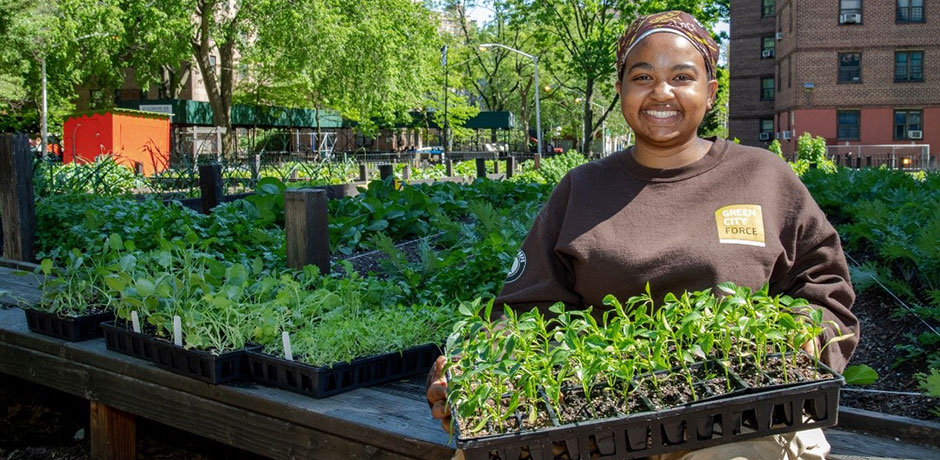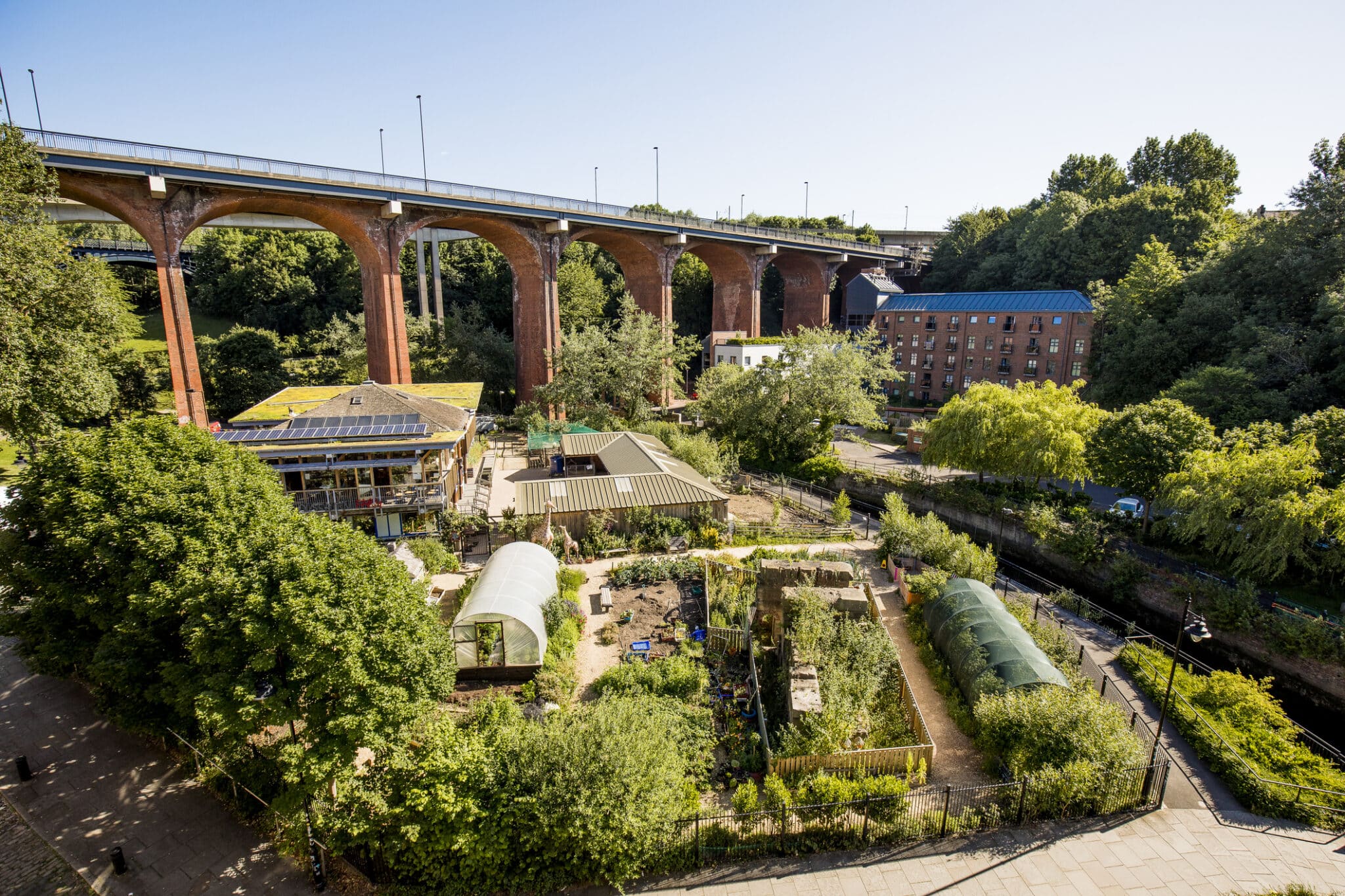The Greatest Guide To City Blooming
Table of ContentsThe 8-Minute Rule for City BloomingSome Known Factual Statements About City Blooming What Does City Blooming Mean?The Best Strategy To Use For City BloomingThings about City Blooming
Intrigued in growing food available in the City of Chicago? Thinking of starting a neighborhood yard? Modifications to the Chicago Zoning Regulation enable farming usages like neighborhood gardens and city farms in many components of the city. Below is a listing of frequently asked inquiries regarding the rules and guidelines that farmers should think about when preparing a city farming task.
The zoning change does not modify any various other codes managing composting, structure authorizations, buying or renting City had home, company licenses or ecological contamination. There are existing codes that regulate these problems and they stay in full effect and may be appropriate to your project. Area gardens are normally owned or managed by public entities, public companies or community-based companies and maintained by volunteers.
Urban farms grow food that is meant to be marketed, either on a nonprofit or for-profit basis. Because of their industrial function, city ranches need a company permit. Yes. An area yard is enabled to sell excess generate that was expanded on website if the sales are accessory or secondary to the garden's main purpose described above.
The 5-Minute Rule for City Blooming
Composting is enabled yet just for plant product that is generated and utilized on website. The quantity of garden compost material can not go beyond 25 cubic backyards at any type of provided time according to the criteria in 7-28-715 of the City's Municipal Code. Yes. Because the soil at the majority of brand-new yard websites requires changing, garden compost, soil, wood chips, or other materials can be gotten to create or improve the expanding space - home and garden.

If a structure license is required then the hoophouse will be thought about an accessory structure. You can learn even more regarding the structure license requirements by speaking to the Division of Structures. The 25,000-square-foot dimension restriction is meant to prevent a single area garden from dominating an offered block or detracting from the block's existing domestic or commercial character.
The restriction does not use to yards located in Public Open Space (POS) districts. Can there be even more than one area garden that is 25,000 square feet on a single block? Yes. The size limitation puts on specific gardens, not to specific blocks. No. Fencing is not required, however, gardens that have huge parking areas might be required to mount fence or other landscape design attributes.
The Best Guide To City Blooming
B1 & B2 districts require that all commercial usage tasks be performed inside your home. R areas restrict industrial activity. The laws mirror the objective and intent of the Zoning Code. Is secure fencing required for metropolitan farms? Yes. Fences may be needed, along with landscaping and screening, for sure parking lot and outdoor work or storage space locations depending on place and the details task taking location.
Yes. Urban ranches require structure authorizations and zoning authorizations before construction. Various other types of city review might be needed relying on particular frameworks, tasks, dimension, landscape design, licensing, public health and stormwater monitoring problems. A number of these requirements are identified in the project design or allowing procedure, nevertheless, the candidate might be accountable to individually recognize certain licenses or permits that might be called for.
The Department of Organization Affairs and Customer Defense can assist determine the certain type of business certificate that's required. Off road vehicle parking is required for most commercial tasks in Chicago. The called for number of auto parking rooms is based on the number of staff members working on website and not the square video footage of the growing space.
The Best Guide To City Blooming

A metropolitan ranch can sell compost product generated on site, nevertheless, the procedure should conform with the guidelines in 7-28-715 of the Chicago Municipal Code. Aquaponic systems are allowed inside your home on metropolitan ranches in lots of zoning districts.
Approximately five hives or colonies of honey may be maintained as an accessory use. Nonetheless, beekeepers have to register with the Illinois Division of Farming. To find out more concerning the recommended zoning change you might contact the Division of Real Estate and Economic Advancement, Bureau of Planning and Zoning at 312.744.8563.
Farming in cities and metropolitan locations An urban ranch in Chicago. Urban agriculture describes different practices of growing. https://hub.docker.com/u/cityblooming, processing, and distributing food in metropolitan areas. The term additionally puts on the location tasks of animal husbandry, tank farming, informative post beekeeping, and cultivation in an urban context. Urban agriculture is distinguished from peri-urban agriculture, which happens in country locations beside suburbs.
The Best Strategy To Use For City Blooming
It can involve a movement of organic growers, "foodies" and "locavores", who look for to create social media networks started on a shared ethos of nature and community holism. These networks can create by way of formal institutional support, becoming incorporated into local town as a "change town" motion for lasting metropolitan advancement.
The extra direct accessibility to fresh veggie, fruit, and meat items that might be understood through city farming can improve food safety and food safety and security while decreasing food miles, leading to reduced greenhouse gas discharges, therefore contributing to climate adjustment mitigation. Several of the very first proof of city agriculture comes from Mesopotamia.